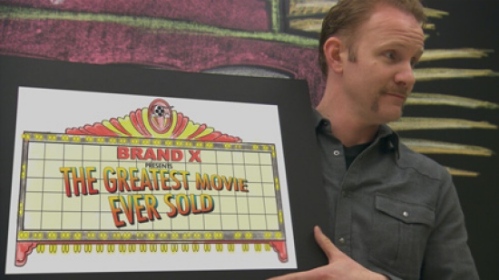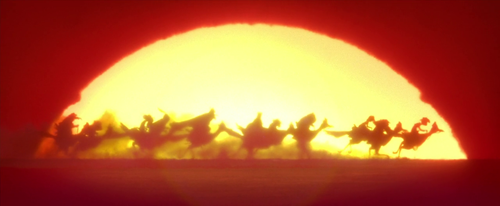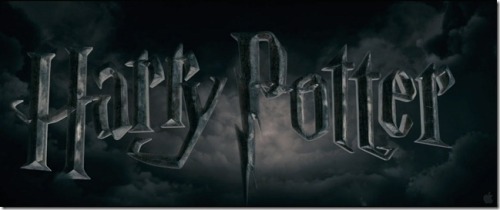In Trollhunter, a Norwegian mockumentary by writer-director André Øvreda, three college students, Thomas (Glenn Erland Tosterud), Johanna (Johanna Morck), and Kalle (Tomas Alf Larsen) the camera man we barely ever see, decide to make a documentary about a reclusive man, Hans (Otto Jespersen), whom they believe to be a bear poacher. He lives in a dilapidated trailer that reeks of God knows what and has bushels of thymine and strange furs hanging all over it. The truck he drives looks like some has attacked it with an axe, repeatedly. Much to his displeasure, they shadow him, until why night he drives into the forest, gets out of the car and disappears into the woods. Excited, the three filmmakers follow him but they don’t have to wait long for Hans to come running back screaming “Troll!”
That is when the characters realize what the audience has known all along: Hans is a troll hunter. He works for a governmental institution Troll Security Service (TSS) that is dedicated to conceal the trolls from the rest of the population and kill those who wander off the territory designated to them. But his pay is miserable and the work hours are a real horror, not to mention the occupational hazards, so he decides to let the trio film everything that happens as a way of getting back at his employer.
What ensues is a curious mix of found footage, conspiracy thriller and fantasy. Øvreda shows good understanding of the genre and uses it less to scare the audience but more to remind us what the term “mockumentary” actually means. The film is more than just nausea inducing pictures of characters running through dark woods, shrieking (although to be fair, these aren’t entirely absent). Of all the found footage horror films we’ve been treated to since the phenomenal success of Blair Witch Project (1998), Trollhunter is the most engaging which mostly due to two reasons.




![clip_image002[5] clip_image002[5]](https://moviesandchocolate.files.wordpress.com/2011/06/clip_image0025_thumb1.jpg?w=486&h=330)